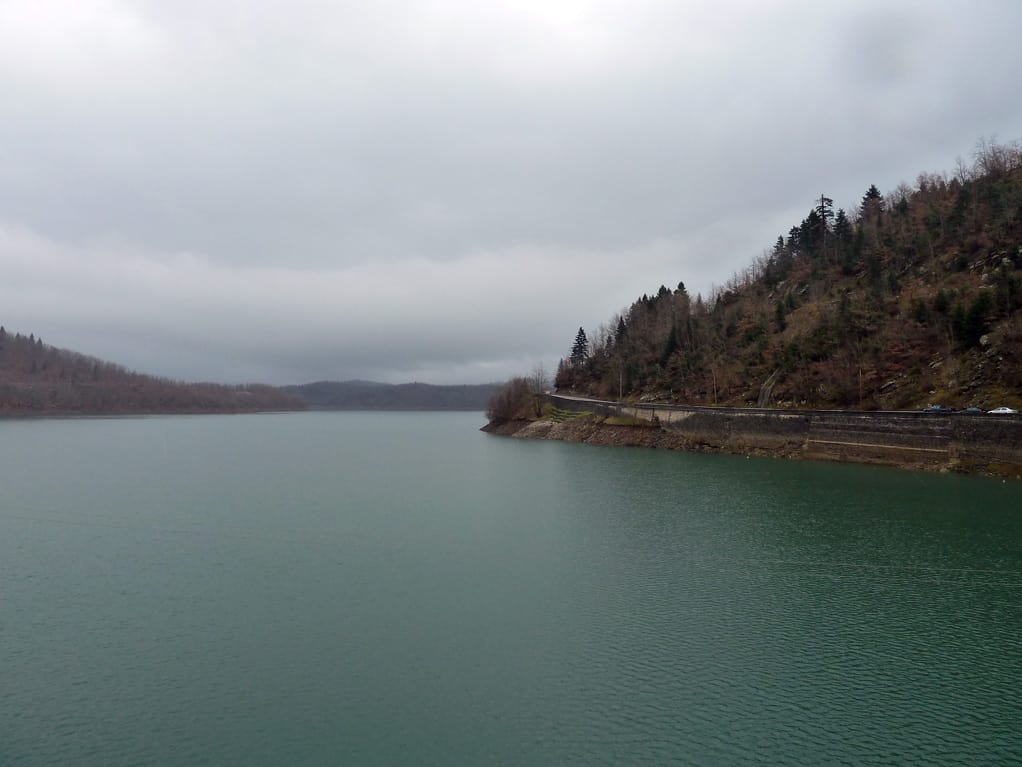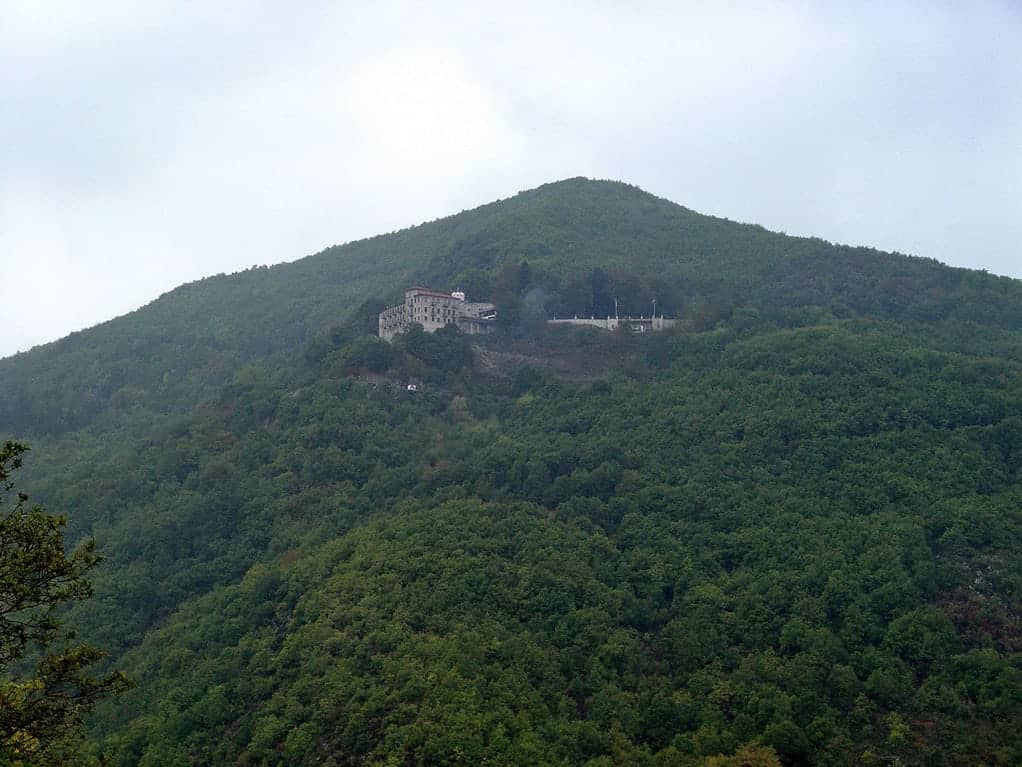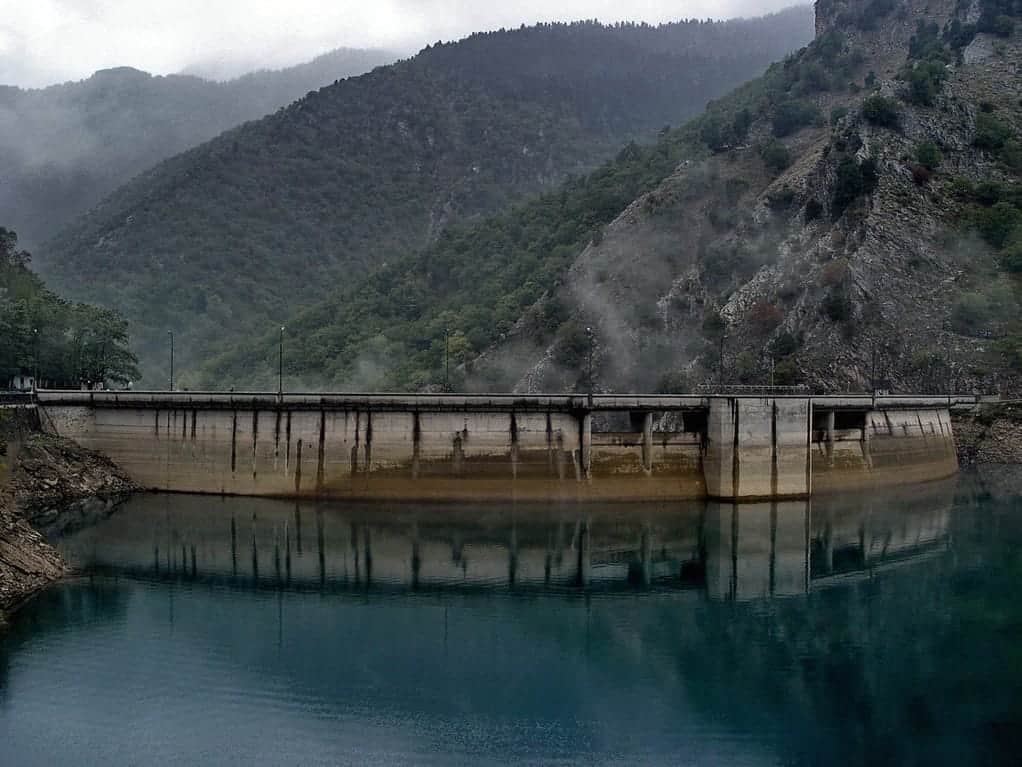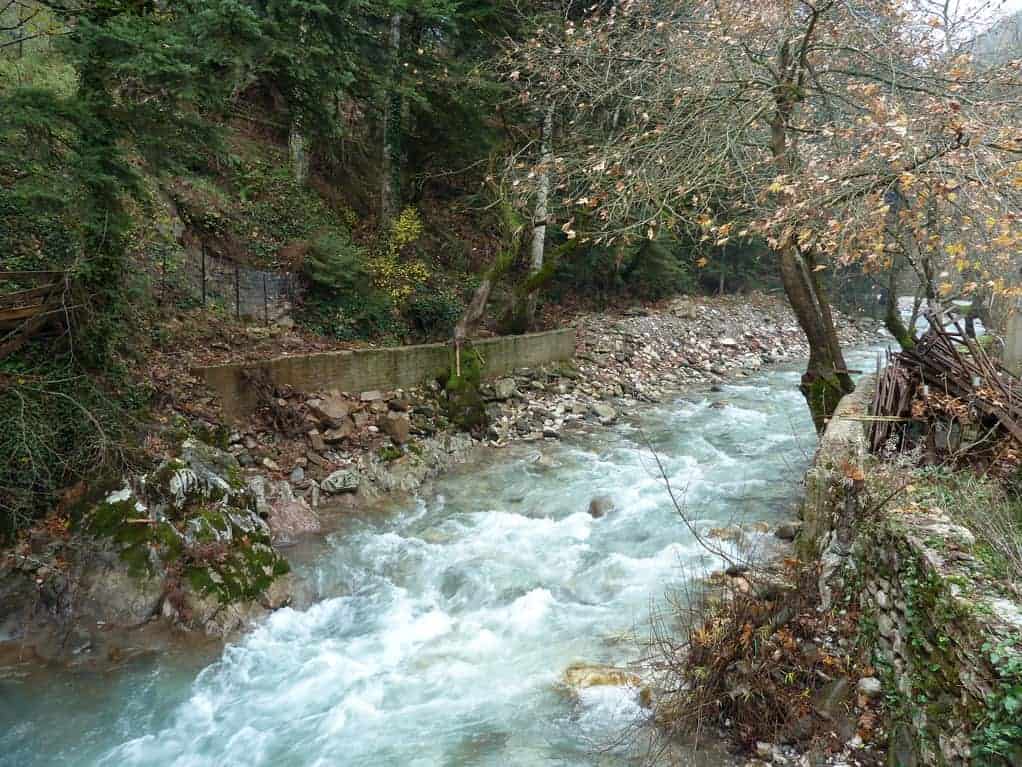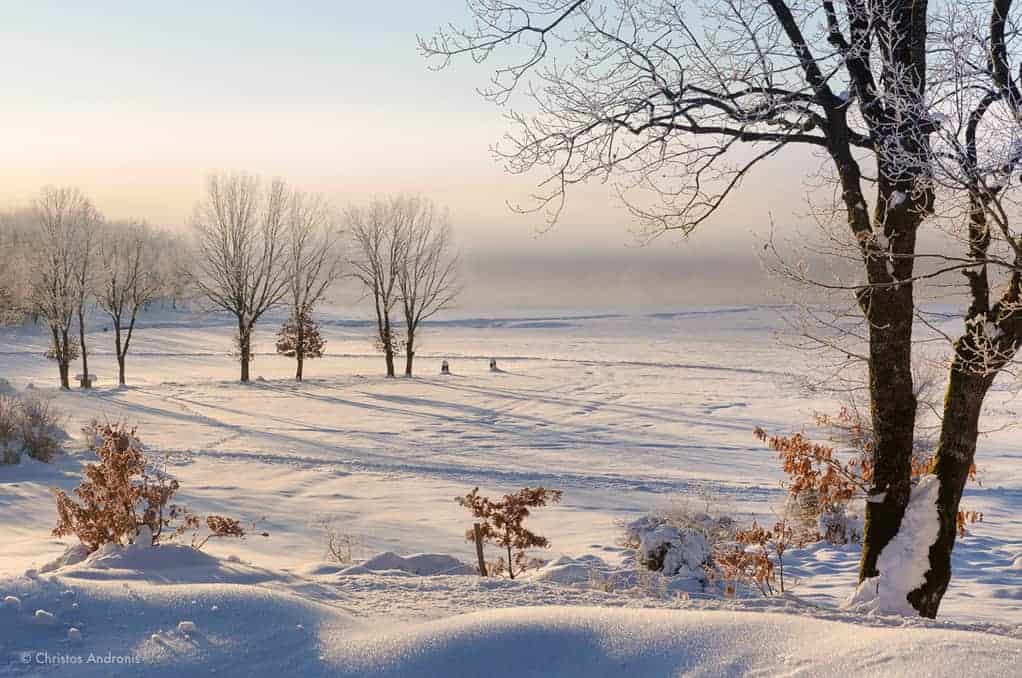Lake Plastira is one of the most attractive places in Greece. It’s the perfect choice for someone who looks for serenity in nature, as well as for someone who loves adventure. Lake Plastira is one of the biggest artificial lakes in Greece, located about 25 km western of Karditsa.
It was created thanks to the conception of the Greek politician Nikolaos Plastiras to construct a dam to collect the waters of the Tavropos river. The purpose of the built-up of the dam was to give life to the region that suffered from drought. Today, it’s used for irrigation and as a power source of a hydroelectric plant, but also as the primary water source to the city of Karditsa.
Lake Plastira attracts thousands of visitors all year round. Every season in Lake Plastira is different. Nature adjusts its colors and beauty to the scenery. Autumn is a colorful picture; winter is white scenery; in spring and summer, everything is green.
The area offers religious monuments with great cultural and architectural interest, monasteries, museums, Agrafa‘s Mountain Shelter, arched bridges, caves, and places that provide breathtaking panoramic views of Lake Plastira. You should visit the dam, the Observation Tower, the botanical garden, the Educational Forest Park of Belokomiti, the Monastery of Korona, the Monastery of Panagia Pelekiti, and the Petras Monastery.
For those who want to explore Lake Plastira activities, such as horse-riding, archery, swimming, canoe, kayak, hiking through fir, oak, and chestnut trees, hydro bikes and mountain bike are waiting for you.
Hiking Lake Plastira
The Agrafa’s Mountain Shelter is the starting point for a network of hiking routes appropriately marked as guidance for hikers. The difficulty levels are different in every path. Agrafa’s Mountain Shelter is located at an altitude of 1.536m in Karamanoli, near Neraida village (6 km far). The view to Lake Plastira is breathtaking. Some indicative routes are the following:
- Agrafa’s Mountain Shelter – Karitsa. It’s an easy route of 5.2 km.
- Agrafa’s Mountain Shelter – Monastery of Panagia Pelekiti. It’s an easy route of 4 km.
- Agrafa’s Mountain Shelter-Cave Gaki. It’s of medium difficulty route of 7.85 km.
- Agrafa’s Mountain Shelter-Voutsikaki. It’s of hard difficulty route of 5.50 km
Within the Educational Forest Park of Belokomiti, the following six ecological hiking paths have been marked named as University forest area:
- M1: Belokomitis – Lake.
- M2: Lake- Zigogianneika
- M3: Lake – Observation Tower
- M4: Galatades – Zigogianneika
- M5: Observation Tower- Zigogianneika
- M6: Zigogianneika- Agrafa
During the total length of 15km routes within the forest, you will come across mountain Ftelia, chestnut, wild cherry, numerous shrubs, and herbaceous vegetation, as well as rare species of birds.
You can also enjoy the hiking routes next to the Lake on foot or by bike even if you don’t have your bicycle, many centers near the Lake where you can rent a bike. Depending on your preferences, you can choose a route next to the Lake, the forest, or the mountains. There is a variety of routes with various levels of difficulty. The length of the routes is about 35 km.
Water activities in Lake Plastira
Riding a hydro bike in the Lake (even with snow) is terrific! You enjoy the beauties of the Lake from a different angle. Your hydro bike experience will stay unforgettable.
You can also rent a canoe-kayak and explore the islands and the fjords of the Lake. During the summer you can swim in the Lake. You will find two organized beaches, one in Lambero village and the second one in Kalyvia village.
Other activities
Horse-riding in the meadows adjacent to the Lake is another exciting activity. There are several organized centers in the region for those who want to try their skills at archery. There is also the opportunity for climbing on the way to Porti, near Mouzaki village.
Don’t omit to visit the traditional and picturesque villages surrounding the Lake, such as Pezoula, Neochori, Kalivia, Mouzaki, Kerasia.
Every season, Lake Plastira activities are waiting for you.
(Special thanks for the additional photos to Zopidis Lefteris, and Christos Andronis)

